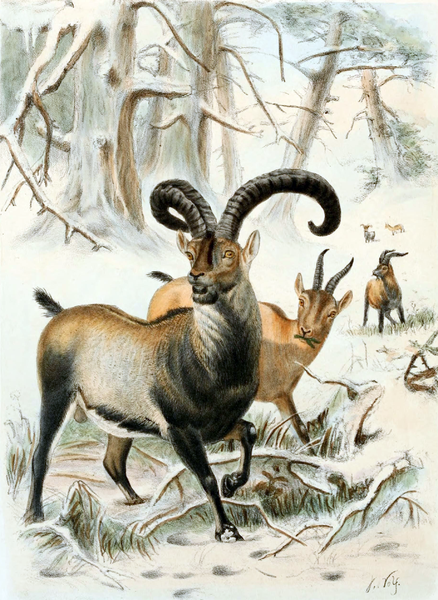# Should We Revive Extinct Species? Ethical Considerations Explored
Written on
Chapter 1: The Current Extinction Crisis
Our planet is presently experiencing its sixth mass extinction, primarily due to human activity. According to scientists, the rate at which species are disappearing now ranges from 100 to 10,000 times faster than the historical norm.
With advancements in medical technology, we find ourselves at a pivotal moment: for the first time in history, the concept of bringing extinct species back to life—known as de-extinction—has become a possibility. However, this pursuit raises two critical questions: How can we resurrect these animals? And which species should we consider bringing back?
Section 1.1: Methods of De-Extinction
To understand how we might revive extinct animals, we first need to define extinction. A species is considered extinct when the last individual has died, or when the remaining population is too small to survive or fulfill its ecological role. There are three primary methods proposed for de-extinction:
Cloning: This technique involves inserting genetic material from an extinct species into the egg of a closely related living species. An example includes the cloning of the Pyrenean Ibex, which, despite its short life, marked a significant step in the field.

Genetic Engineering: This approach entails mapping the genome of an extinct animal, such as the mammoth, and comparing it to that of a living relative, like the Indian elephant. By identifying genetic differences, scientists can modify the elephant embryo to create a hybrid that resembles the mammoth.
Back-Breeding: This method uses selective breeding of modern animals, like cows, over successive generations to produce traits reminiscent of an extinct species, such as the auroch. Although this does not result in a genetic duplicate, it can create an animal that functions similarly in its ecological niche.
Section 1.2: Choosing Which Species to Revive
It’s important to note that extinct species do not have a longing for their previous existence, but humans may feel a sense of loss regarding their absence, especially in ecological contexts.
Some species, like dinosaurs, became extinct so long ago that their ecological roles have been filled by other organisms, rendering their revival potentially disruptive. In contrast, species such as the Woolly Mammoth could still play a significant role in restoring ecological balance, such as transforming arctic tundra into grasslands, which may help mitigate climate change.
Selecting which species to revive requires careful consideration of several factors:
- The rationale behind the revival: Are we aiming for educational purposes, scientific research, or ecological restoration?
- The viability of the population: Is there sufficient genetic diversity among the revived individuals? Are the original causes of extinction, such as pollution or habitat destruction, still present?
- The feasibility of revival: Is an exact replica necessary, or can a similar species suffice?
Conclusion: A Cautious Approach to De-Extinction
The issue of extinction is pressing and requires urgent attention. While technological advancements offer potential avenues for reversing extinction, it is crucial to prioritize recent extinctions. A more prudent strategy would be to employ these innovations to safeguard critically endangered species that are still present in our world.
You may also like:
- Why agreeing to teleportation is a bad idea: Spoiler alert, it could be fatal—at least temporarily.
- Society's brightest minds are in the wrong professions: Our most talented individuals should focus on advancing humanity.
- The real solution to climate change: Shift focus from renewables to addressing key social factors like diet, gender equality, and technological innovations.